Designer Dogs. Disaster or Success
The Crossbreed Designer Dog Craze Disaster or Success
The First Designer Dogs: Something seismic happened in the 1980s. The so-called first designer dogs were created by a man called Wally Conron.
Wally was the puppy-breeding manager at the Royal Guide Dog Association of Australia.
A couple had asked him to breed a dog that would accommodate both the wife’s vision problems and the husband’s allergies.
He began with a Poodle and a Golden retriever, but people wanted pure breeds so the idea never took off. After a lot of trial and error, Conron ended up breeding a Labrador and a Poodle and came up with the name Labradoodle, and a new era in dog breeding was born. Wally retired many years ago. Now over 85 years old, he deeply regrets the decisions he made at the time, he calls them Frankenstein dogs and blames himself for opening what he believes is the doggy version of Pandora’s Box.
Certainly, the media have latched on to them. The A-list celebrities have been buying these designer dogs in bucket loads. Because of that, the wannabees and the general public have followed suit. What was not said when these were first bred by Wally, was that only three dogs out of three or four litters, could be described as hypoallergenic, and only one of the pups made it as a Guide dog.
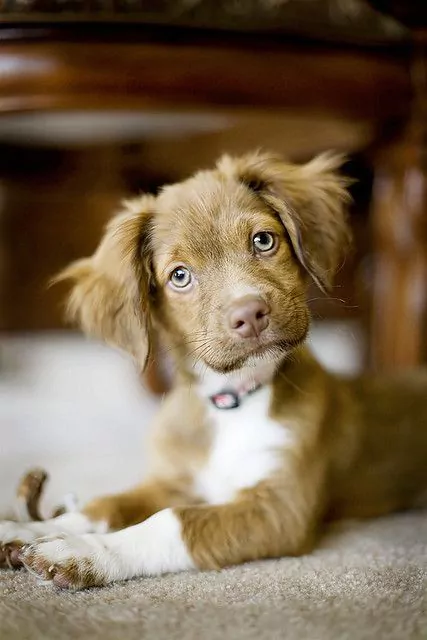
My puppy classes are full of Cockapoos, Goldendoodles, Springadors, Puggles, Maltipoos and the unfortunately named Jackshit. Jack Russell X Shih Tzu. Do I have any concerns about this craze for these crossbreeds? The simple answer is Yes!
Are Crossbreeds Healthier?: I hear lots of people saying that mongrels are healthier than pedigrees. That may well be the case. However, what I am concerned about, is not mongrels AKA Heinz 57 variety it is hybrids.
What is being created, sometimes by uncaring and unscrupulous breeders, is a hybrid. That is a cross between two or more specific pedigree dogs. often with different drives and instincts.
These have been purposely bred and sold, often for more money than a pedigree would have cost, that is a very different dog than a multi-breed mongrel.
Labradors and Poodles: Let me give an example of what is causing concerns in several areas. Crossing a Labrador with a Poodle, in that scenario, you have two dogs from similar backgrounds.
Both have been bred as gundogs. The Poodle was originally from Germany, where it was known as the Pudelhund. Meaning a splash about dogs, and were bred for retrieving wildfowl from lakes and rivers.
That peculiar haircut we see on Poodles is believed to be a working cut. The hair that was left on was there to give warmth and protection to the joints and organs. Removing excess hair it stopped the coat from getting waterlogged and sodden, causing exhaustion when working for long periods.
The Labrador was from Newfoundland. Originally called the St. John’s Water Dog. It was the dog of choice for the Canadian fisherman in and around the Labrador Sea. Hence the name Labrador. They were used to carry ropes across to the fishermen in other boats and were known as excellent retrievers and swimmers.
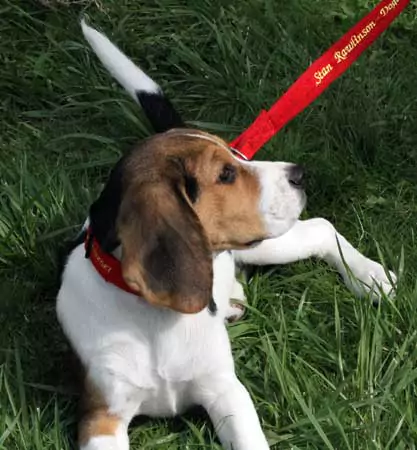
Therefore given that they were bred for similar tasks, it would seem like a good cross. It is certainly a better cross than some of the crossbreeds that come from very different backgrounds. and groups
Crosses That are Dissimilar: Let’s look at a couple of examples: The Puggle, a mixture of Beagle & Pug. Beagles were bred for hunting and are often kept in packs. People say they are difficult if not impossible to (1) Train for Recall. They certainly use their noses constantly.
I do not agree that some breeds are impossible to recall train. All dogs given the correct training can be good at recall. The breed’s history is a little cloudy, mainly because breeds, as we know them today, didn’t start to develop until the 19th century.
Greek documents from 400 B.C. describe Beagle-like dogs, and the Romans may have brought small rabbit-hunting hounds with them to England and bred them with the local hounds. These are serious hunters and have hunted individually and in packs, since the reigns of Edward II (1307 – 1327) and Henry VII (1485 – 1509) There’s also mention of Singing Beagles, named for their bugle-like howls
The Pug, however, is a very different kettle of fish. It is one of the oldest dog breeds in the world. Ancient Chinese documents state that short-nosed dogs with a description matching that of the Pug existed in China at around 700 BC. These dogs were only bred and owned by the emperors. It was essentially the very first Lap-Dogs. They have been called the clowns of the dog world and were bred for one purpose, to be companion animals to humans.
Natural Instinct and Drive: So here is my first concern. Dogs bred together with very different drives instincts, genetics, needs, and temperament can have conflicting emotions vying with each other. This can lead to frustration, schizophrenia, and very serious behavioural problems.
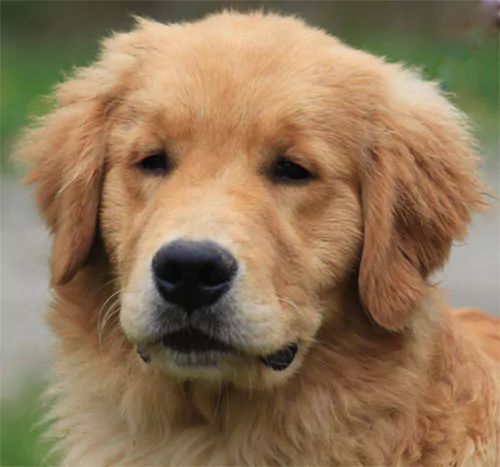
Crossing dogs from one group with another group that were specifically bred for their instincts. Whether that be guarding, herding, hunting, protection or just company, is to my mind a recipe for disaster.
With the Heinz 57 variety, these instincts have been diluted by the multiple crosses that make up the dog. When you cross two pedigrees, from different groups with very different drives and instincts.
You can create confusion and emotional turmoil in the resulting offspring. There is a dog called a Gollie, which is a mix of a Golden Retriever and x Collie.
A mismatch between a hunting dog and a herding dog. They have very different genetically created inclinations, instincts, and drives that could easily cause conflict in the mind of these crosses.
These are the DOG GROUPS according to the Kennel Club, In reality, the groups should not be combined, but they are for the so-called designer dogs.
Gundog, Hound, Pastoral. Terrier, Toy, Working, and Utility.
I have recently written an article on the importance of understanding the difference between Instinct and Intelligence. It will open your eyes to how vitally important natural drives and instinct is to each breed. (2) Instinct and Drive
Health Risks: My other concern is the genetic predisposition of pedigree dogs to certain ailments. Breeders are working hard to eradicate these known medical conditions in our Pedigrees. There have been enormous positive changes in breed-specific ailments. This is due in the main to the hard work of the pedigree breeders and a dramatic rise in health screening of both adult and puppy dogs.
Before breeding, the dogs are often tested and screened for any commonly known medical conditions. These are normally inherent and therefore known in each breed. Before the puppies are sold, a good breeder will have the pups screened for any congenital disorders. This rarely if ever happens in crossbreeds.
For instance, the most common crossbreed is the labradoodle. These are the common health conditions in the two breeds used to make up this crossbreed
Common Ailments in a Poodle:
Addison’s disease,
Gastric dilatation volvulus (GDV = bloat/torsion),
Thyroid issues (hyperthyroid and hypothyroid),
Tracheal collapse,
Epilepsy,
Sebaceous adenitis,
Juvenile renal disease,
Hip dysplasia,
and cancer
Common Ailments in Labradors:
Patellar luxation,
Canine hip dysplasia (CHD),
Canine elbow and shoulder dysplasia.
Distichiasis, exercise-induced collapse,
Diabetes,
Muscular dystrophy,
Tricuspid valve dysplasia,
and entropion.
Knowing the disease incidence in the breed, and the genetic history of the individual is vitally important in dog breeding to have the parental dogs genetically tested for defects known to be troublesome to their breed. Yet here we are crossing dogs with some similar health ailments, but in the main, we are adding far more serious health and behavioural characteristics to one breed, by crossing these two dogs with so many different health issues.
| Is your dog pulling on the Lead, Unruly, Bad Recall, Aggressive on the Lead, or Jumping Up? See my article and Video Clips on how to stop this. The Jingler |
Conclusion: Have a look at the internet and you will find thousands of adverts for Designer Dogs. The backyard breeders have jumped well and truly on the financial bandwagon. They are crossing every kind of dog you can imagine. Then selling them to the unsuspecting public. In many cases for more than a purebred is worth. Often without the health and behavioural checks normally done on our pedigree dogs.
There has been a massive increase in serious health issues with crossbreeds, especially in poodle crosses. Many are reported as suffering from fits, eye disease, epilepsy, hips and elbows dysplasia and numerous other ailments.
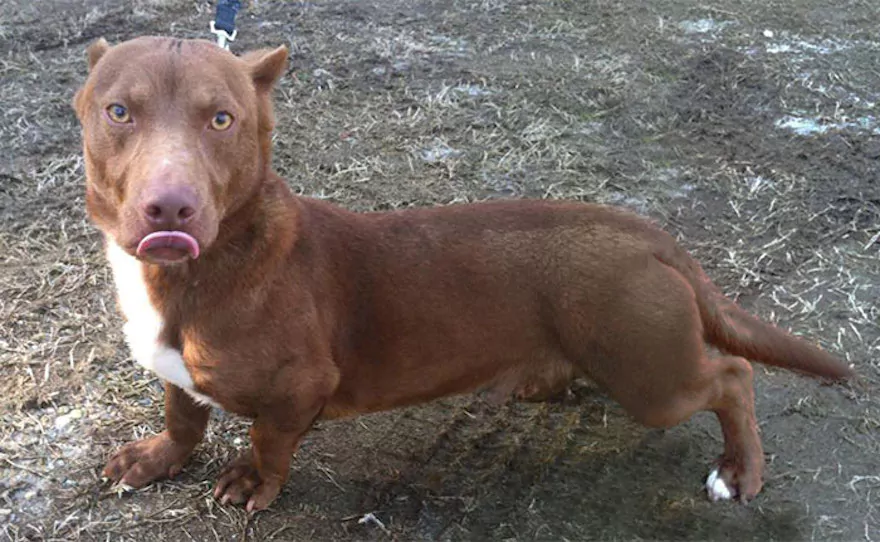
I believe what is being reported by Vets and owners is just the tip of the iceberg of a health time bomb. I believe we are heading for a genetic catastrophe both medically and behaviorally.
I am in total agreement with Wally Conron. We have let the genie out of the bottle and Pandora’s Box of horrors is wide open. Just look at this picture and tell me if it looks good to you.
This is Rami, a cross between a Pitbull and a Miniature Dachshund. Rami was described as beautiful and a joy to behold. It is not his fault, but he looks like something from a Hammer horror movie. Poor dog.
I feel this craze will end up with dogs and their owners suffering the consequences of our faddish behaviour. We live in a celebrity-driven society were to quote a song by one of my favourite bands, Queen “I Want It All And I Want it Now” which is driving us to make decisions that are not always in the best interests of both humans and pets.
Stan Rawlinson
February 2015 Updated 2017
(1) Train for Recall
Leave a Reply Cancel reply
You must be logged in to post a comment.



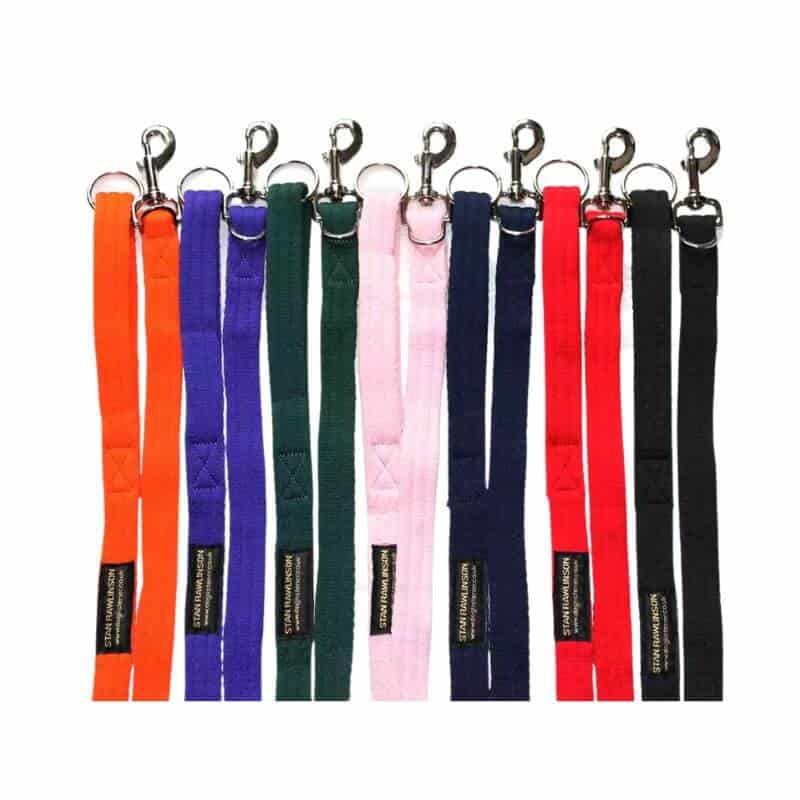
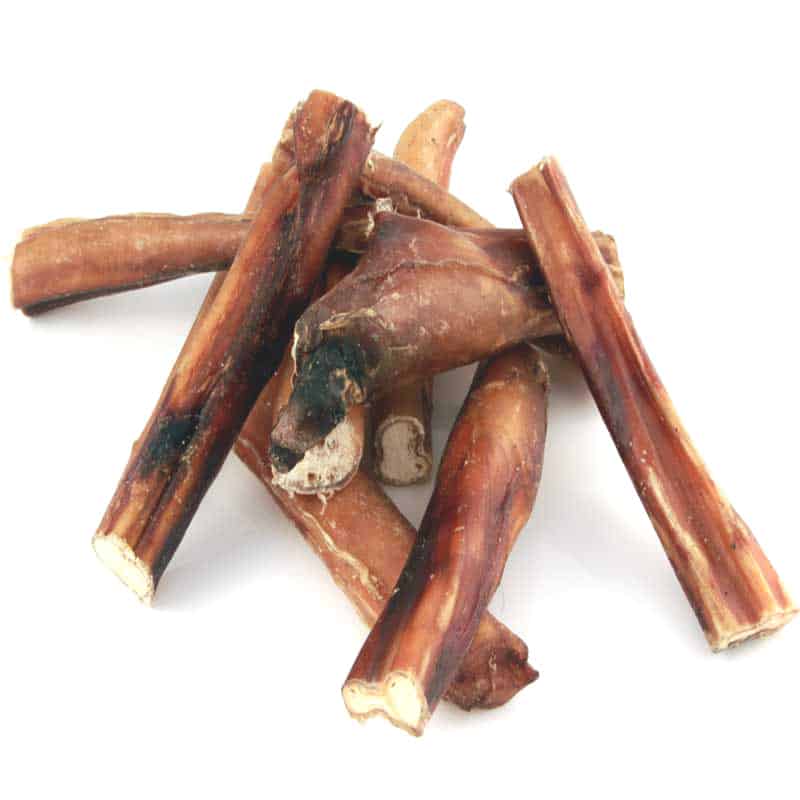
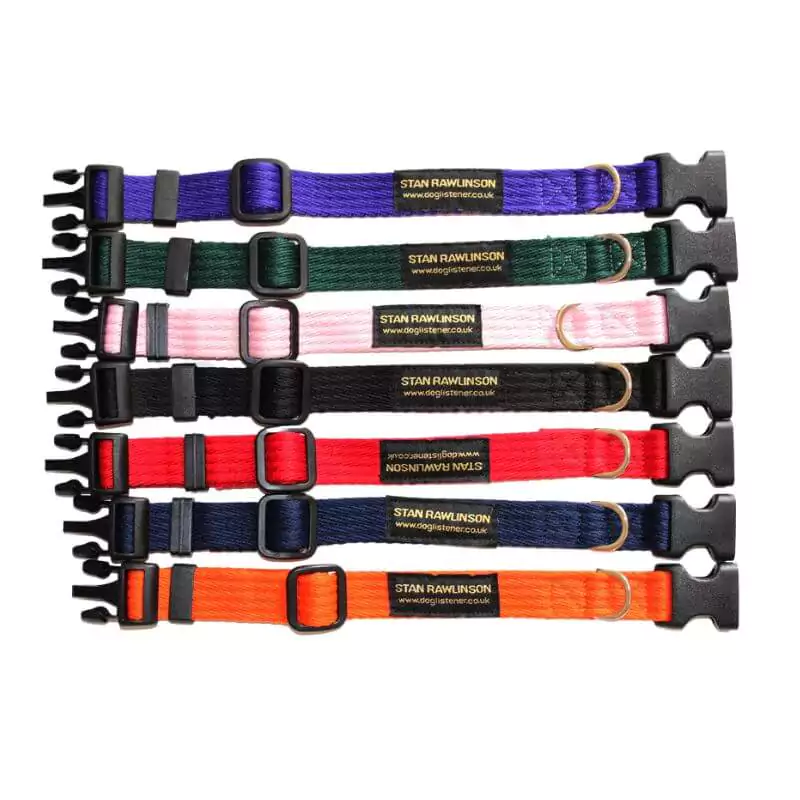
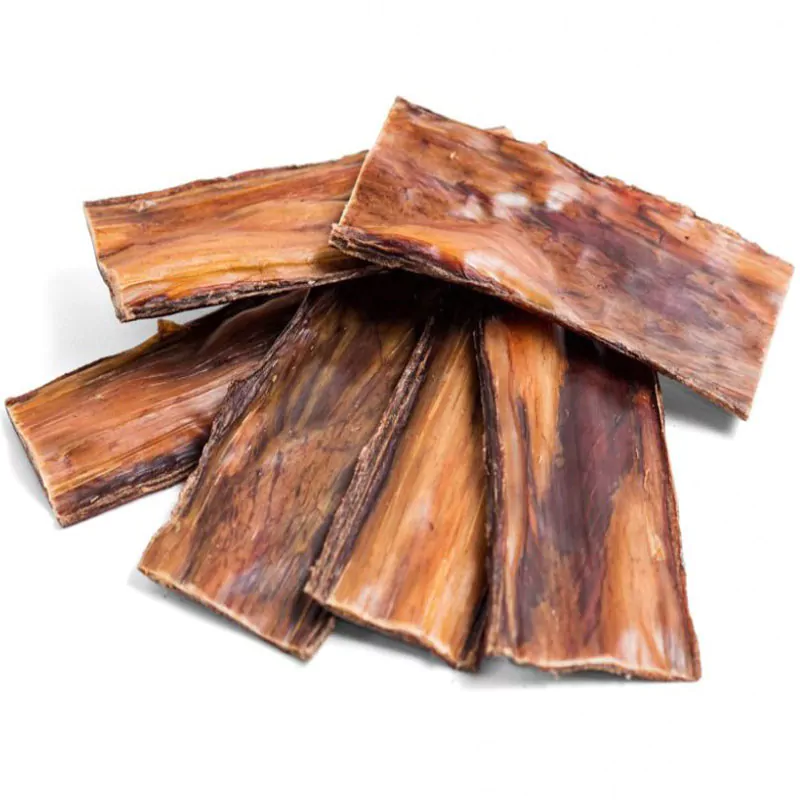
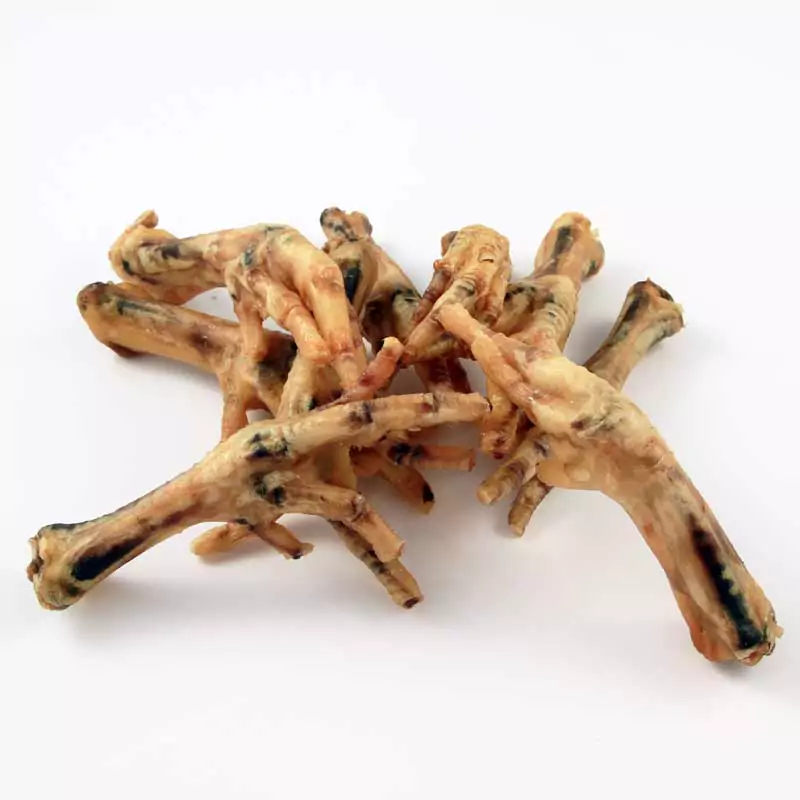
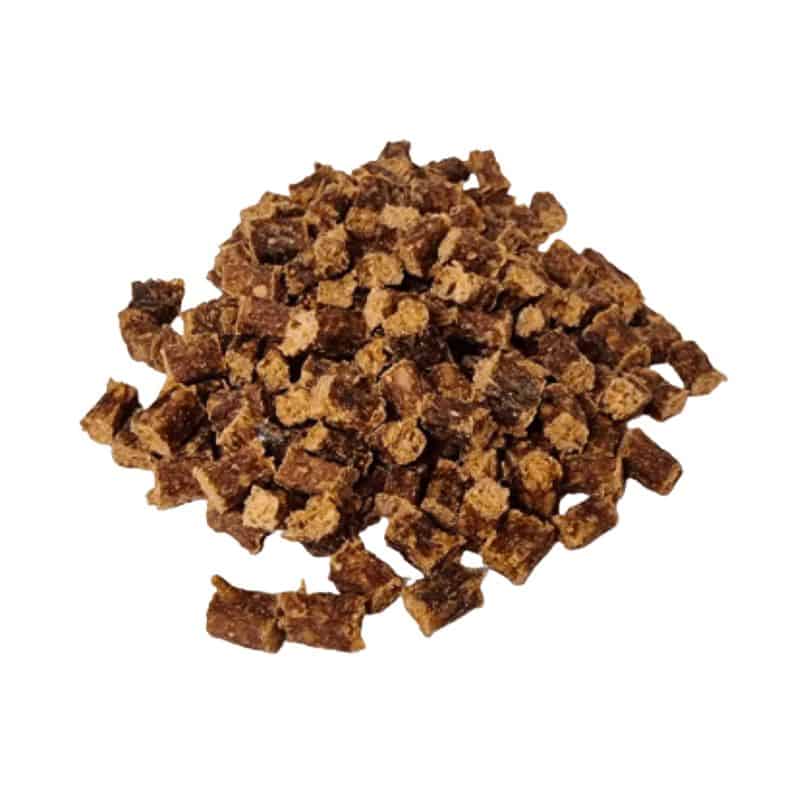
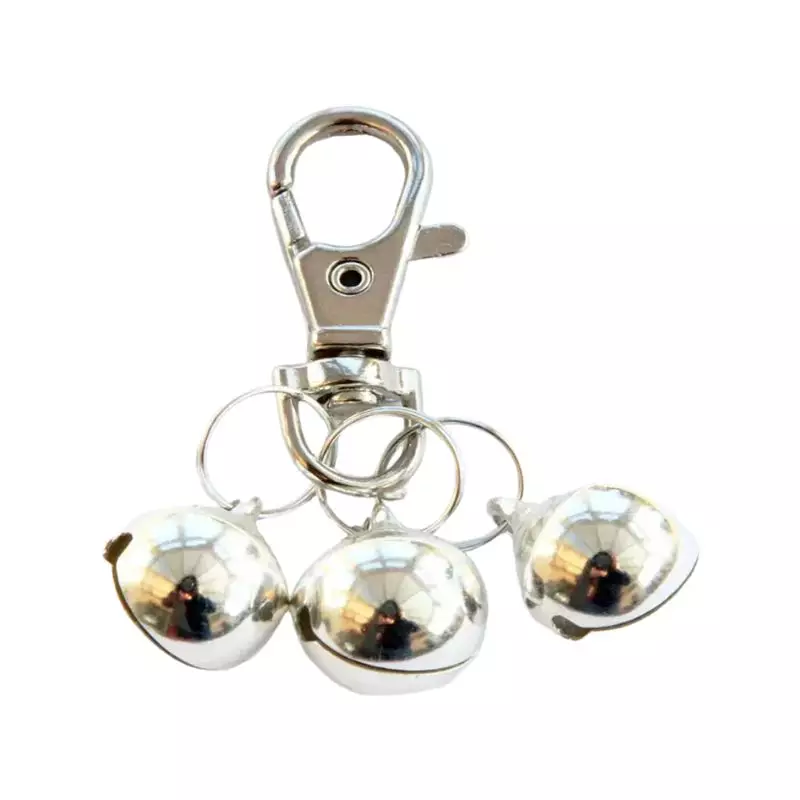

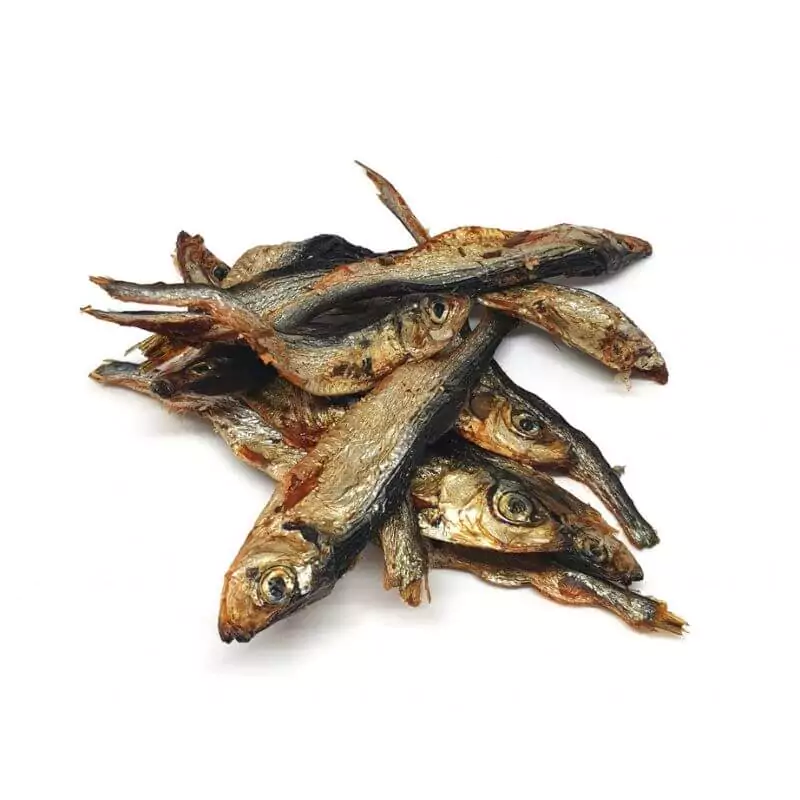

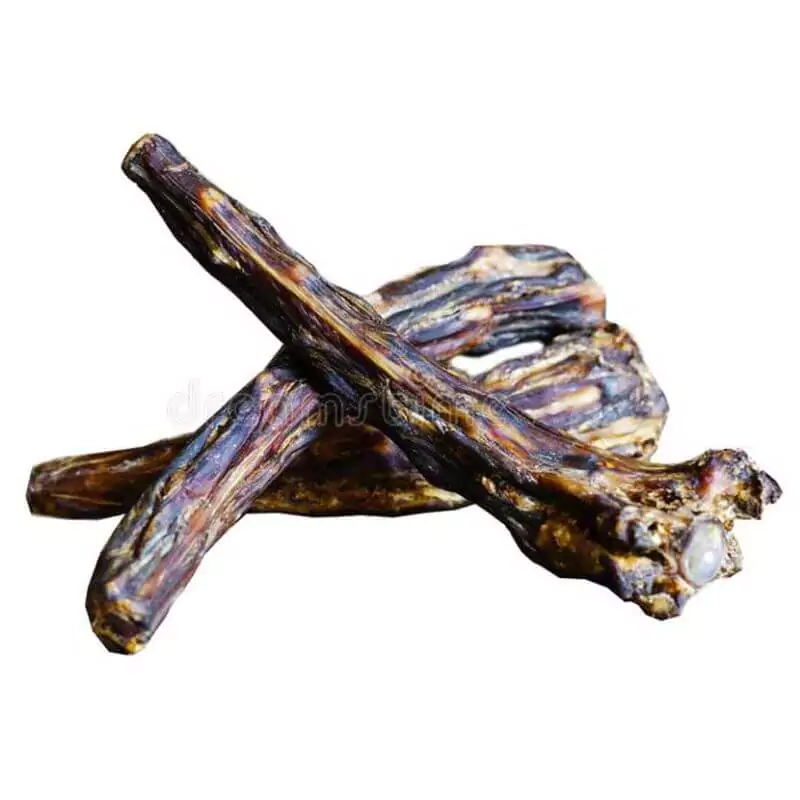



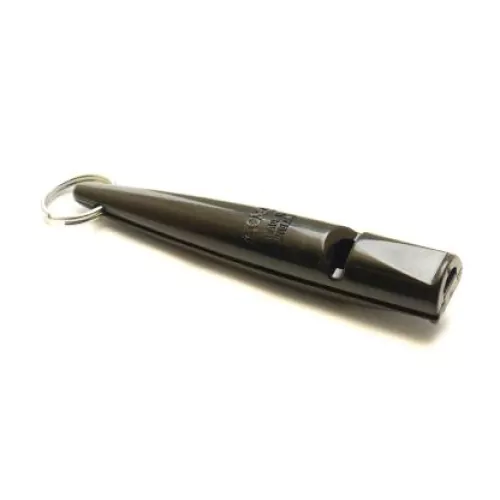







Comments (2)
Designer dogs
Thought I concur with your article the same can be true of pedigree breeds too. Registering births with the Kennel Club here in the UK does not preclude the dog’s genetic faults as they grow older. These do not appear to be monitored – e.g. I have never been approached by the Kennel Club to enquire after my dog’s health (miniature Schnauzer). The breeder doesn’t breed her bitches any more and never kept contact to check on the health of her bitch’s offspring.
Designer dogs
I totally agree that random crossings are problematic. I get loads in classes and some are OK and others not! Also, people are completely ignoring the possibility of genetic problems and they have become very popular to puppy farmers. Even breeds not considered to be designer dogs are affected. We have a long dog (deerhound x greyhound), and a lurcher which we got as a rescue that has several breeds in the mix (greyhound, Saluki, German wired haired pointer and Bedlington terrier ) and a pedigree whippet. Our longdog and lurcher have been DNA tested by a university in Texas that runs an international dog DNA database so reliable. Both dogs are clear of genetic problems. Until recently longdogs/ lurchers were pretty reliable since they were used for hunting so people were careful in what they crossed and were doing so for specific hunting purposes. However, they have suddenly become a popular type of dog so folks are now crossing sighthounds with inappropriate breeds without taking into account what the cross will produce. We are now seeing some pretty screwed up dogs coming along. The most worrying is a cross often used for illegal lamping of any animal seen, even sheep, by evil idiots. This is a bull breed crossed with a greyhound. I haven’t got it in for bull breeds but why on earth worth anyone think it’s a good idea to breed a dog with a strong jaw originally bred for fighting, with a dog that runs really fast with a strong prey drive? I have seen a few of these taken on as pets and they are extremely difficult dogs and not so easy to control. Most can never be let off lead which must be a nightmare for a running dog. I’m sure some are nice dogs but the ones I’ve met are aggressive and scary.